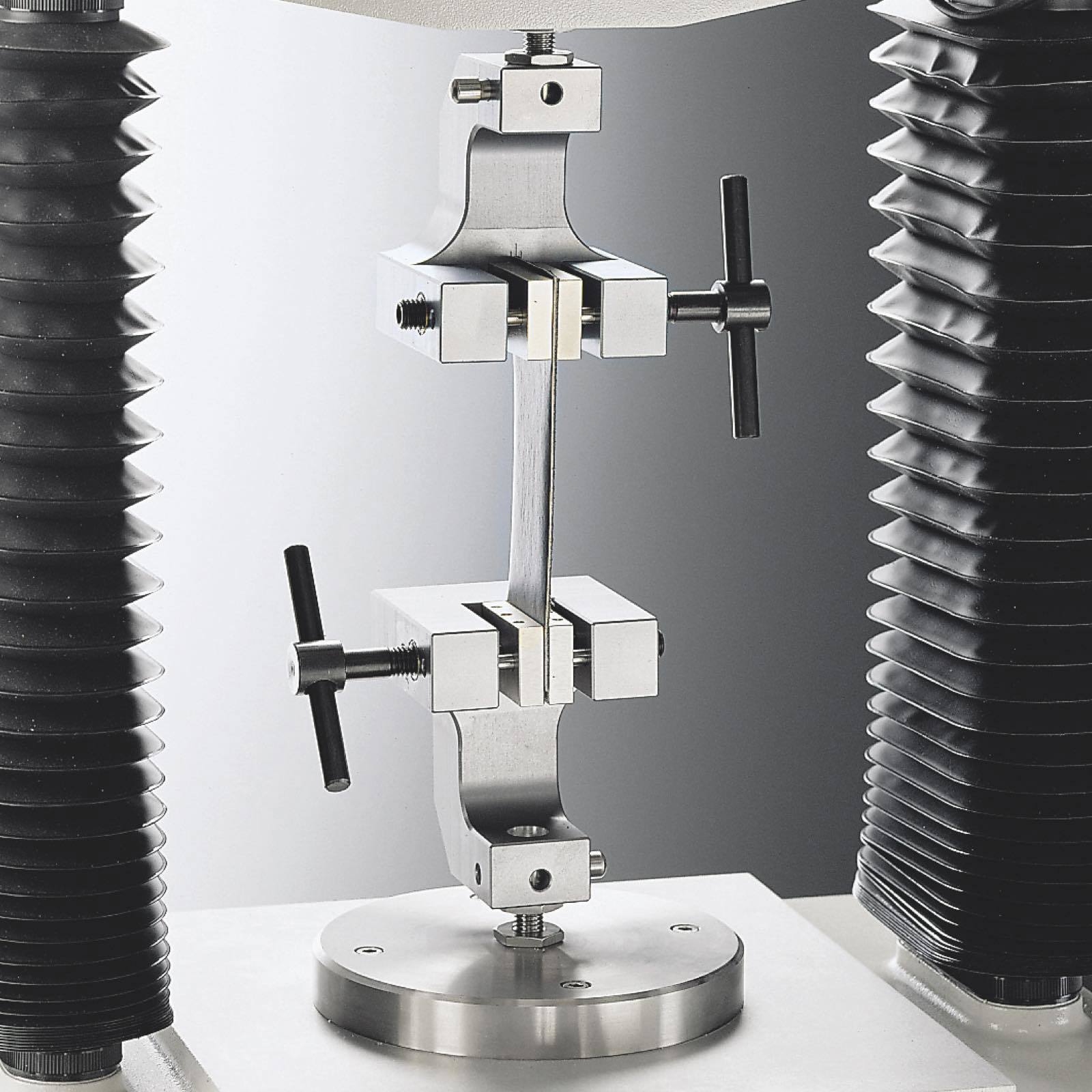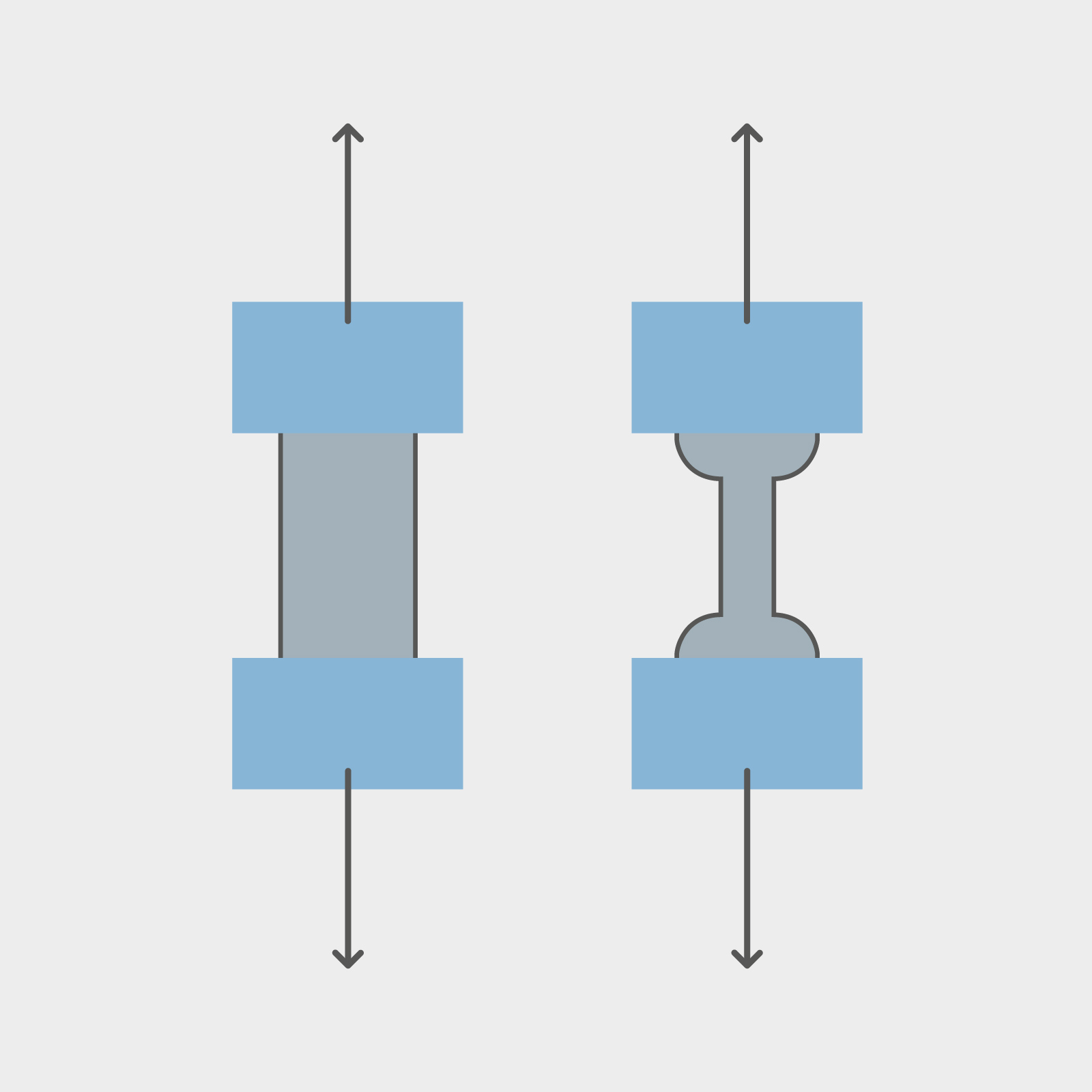
Measuring the mechanical properties of leather and textiles – Tensile tests
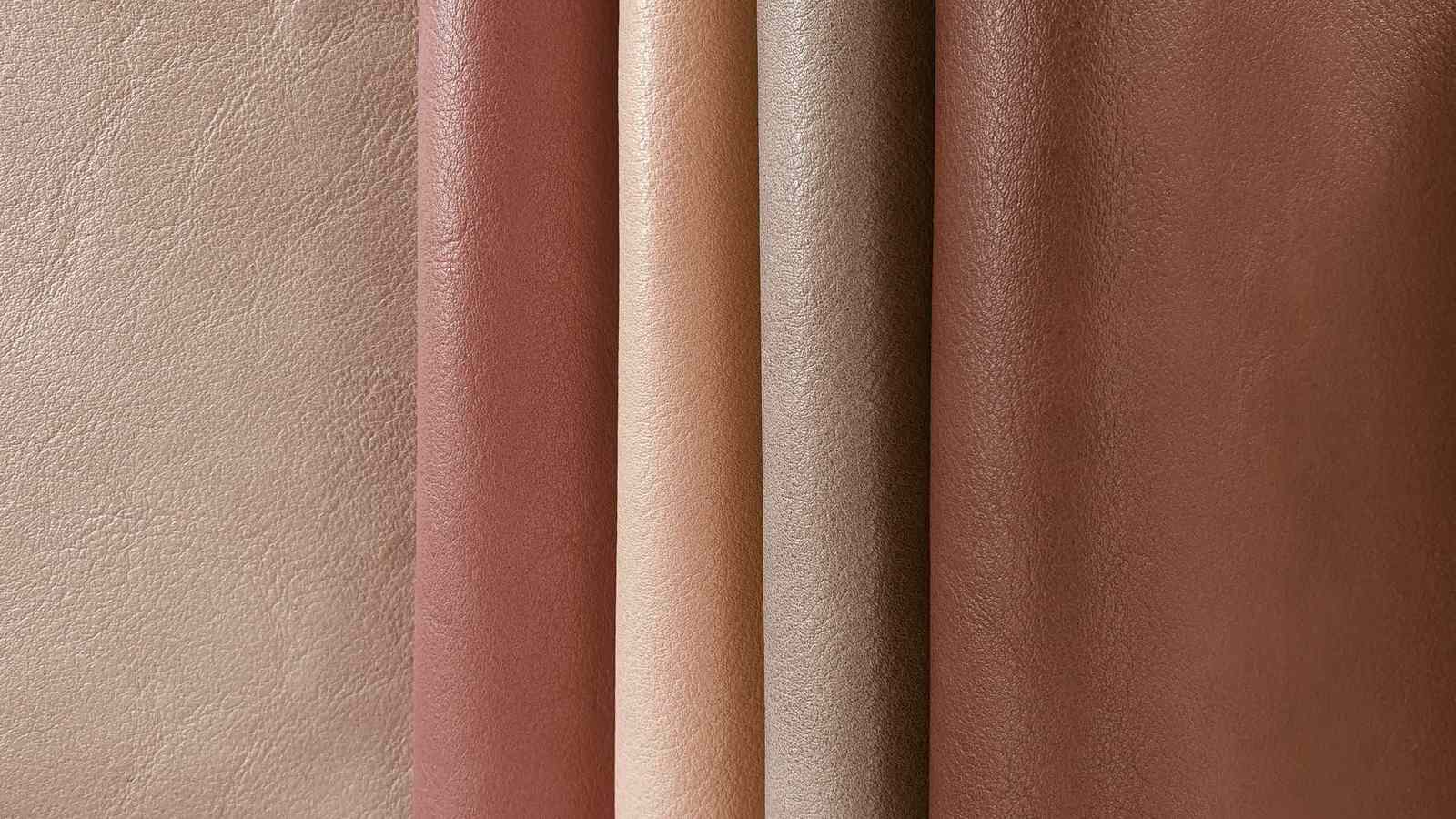
Tensile tests
Tensile testing in its most basic form is the measurement of the maximum force a sample can be subjected to before it ruptures. There are two main configurations used for tensile testing fabrics: the strip method (ISO 13934-1) and the grab method (ISO 13934- 2). These methods calculate the maximum force and the elongation at this maximum force. They are mainly applicable to woven fabrics rather than non-woven, elasticated or coated fabrics; alternative standards are available for these materials. In both tests, results from specimens that break at the edge or in the jaw are discarded.
Strip method
Example textile standards: ISO 13934-1, ASTM D5035
Example leather standards: ISO 3376, ASTM D2209
In the strip method, the Tensile Grips are the same width or larger than the width of the fabric specimen. Ravelled or wet fabrics may be tested using this method. Leather samples (and some textile samples) can be tested in a dumbbell geometry. This shape produces a lower stress region in the area of specimen held in the jaws. This encourages the sample to break in the narrow central region, away from the jaws.
Grab method
Example textile standard: ISO 13934-2
Example leather standard: ASTM D2208
In the grab method, the Tensile Grips have a smaller width than the fabric specimen and are clamped at the centre of the sample. Although the grips and force are the same for each test type, the stress configuration present in the fabric is quite different in the grab method, compared to the more regular strip method. The effective width is also different; the width is equal to the sample’s cut width in the strip method, whereas the grab method also includes a proportion of the overhanging fabric. Consequently, the maximum force measured will not be the same for each method.
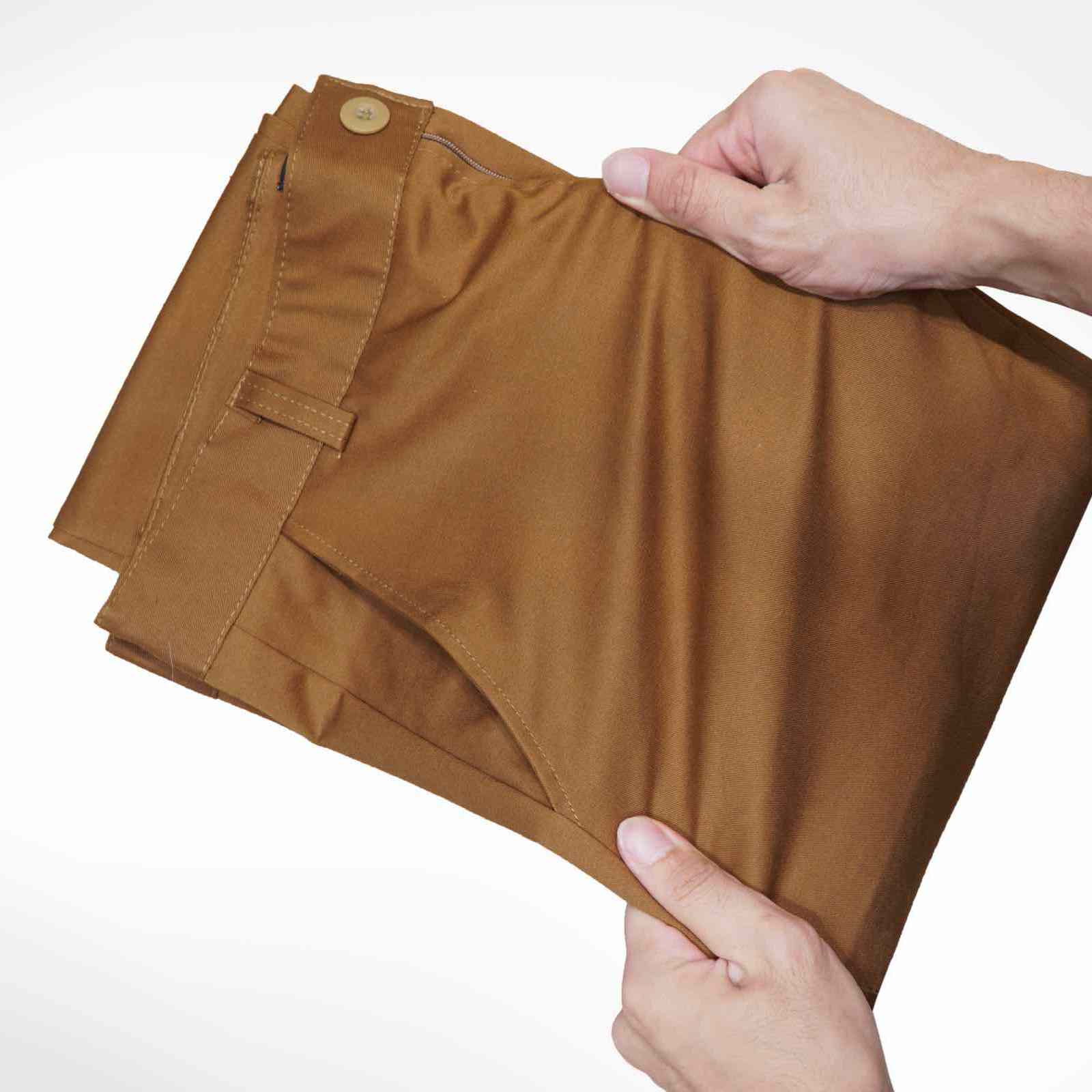 Illustration of tensile testing using the Grab Method
Illustration of tensile testing using the Grab Method
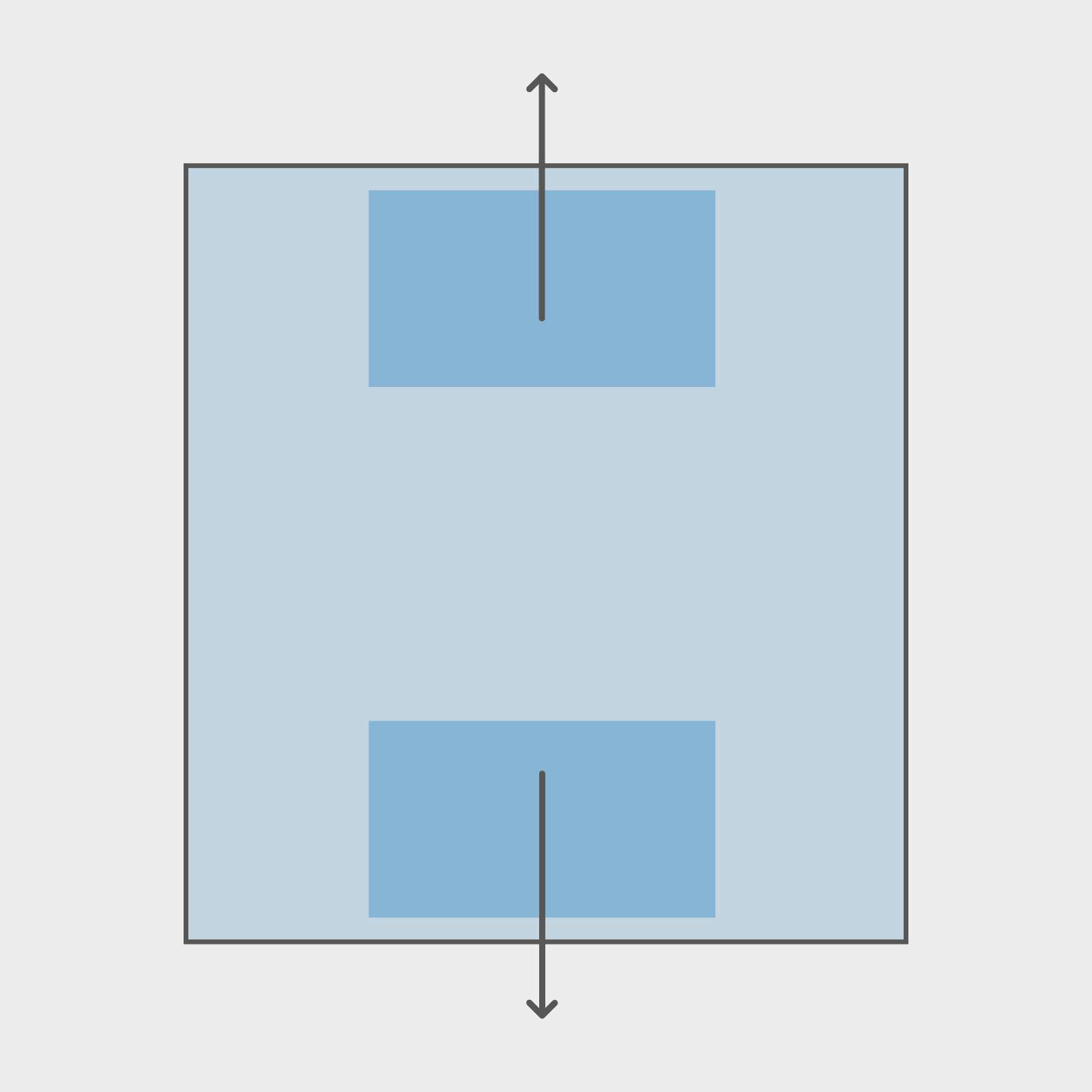
Other forms of tensile testing
A tensile test aims to support a sample in a particular way in order that it can be pulled apart in a certain direction and in a specific manner which may or may not imitate a situation that the material is faced with in use by a consumer or process. A successful tensile test is one in which the material can be supported so that any failure that is being measured occurs in the exposed test region or by the applied part or rig causing failure and not at the grip point.
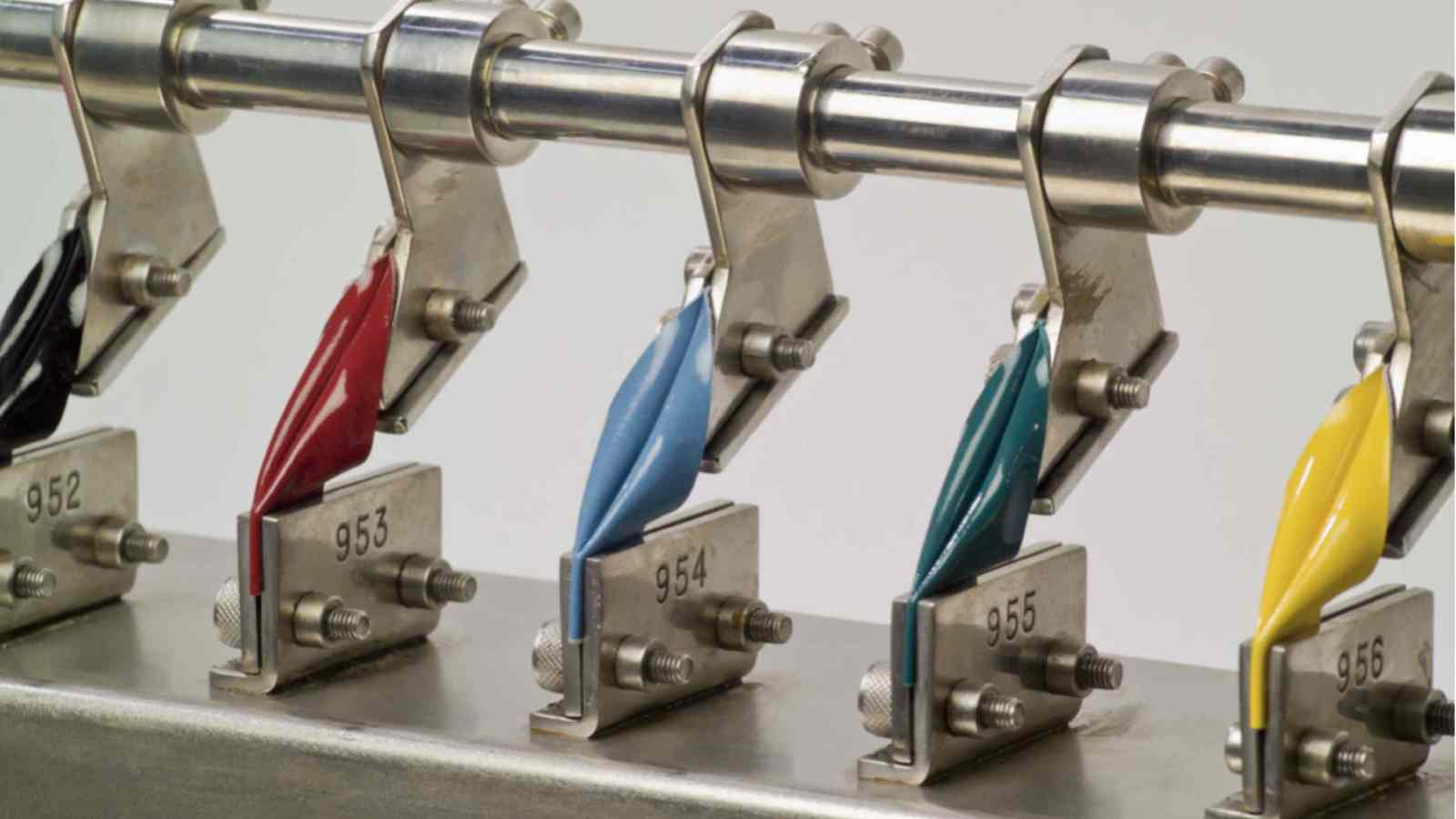
Part 2 in a 5 part series on the texture analysis of leather and textiles.
Part 2 in a 5 part series on the texture analysis of leather and textiles. Read Part 1 – Introduction, Part 3 – Stitch tests, Part 4 – Compression and penetration tests and Part 5 – Tear and peel tests.

